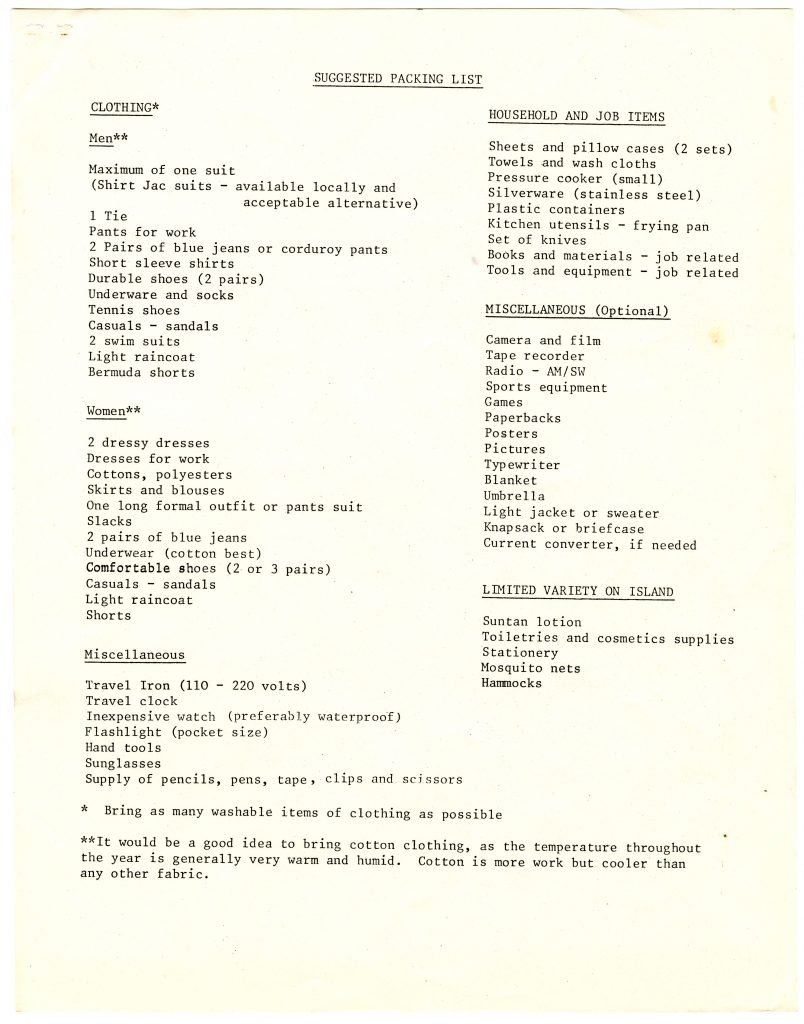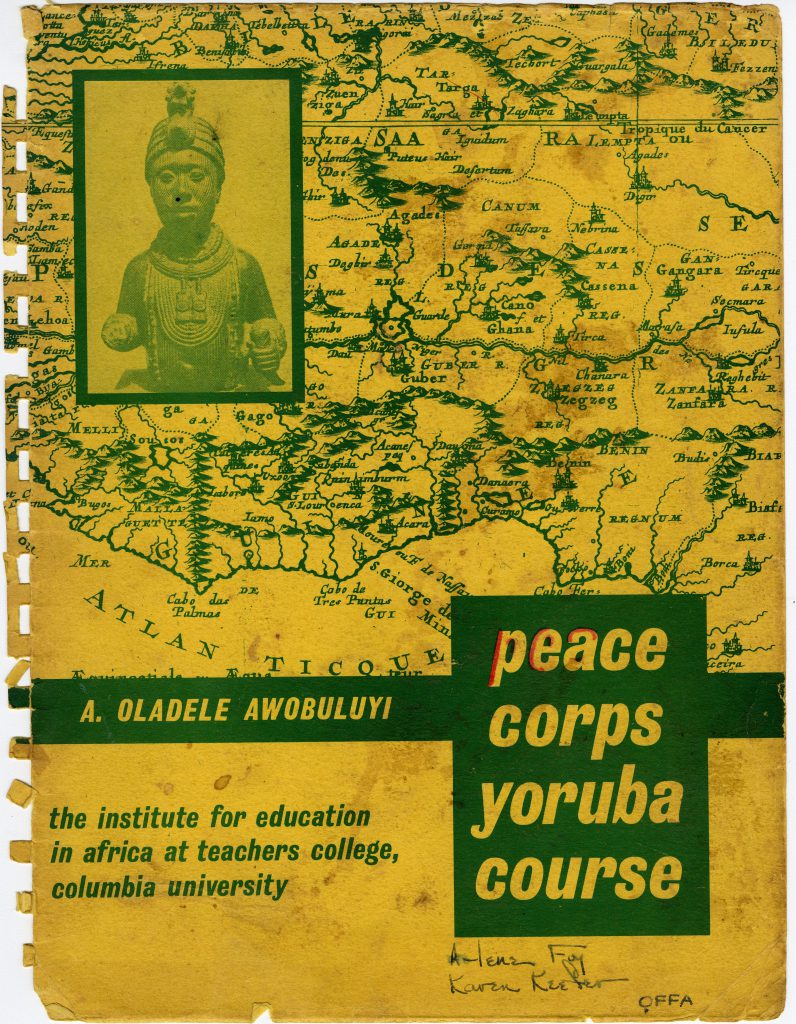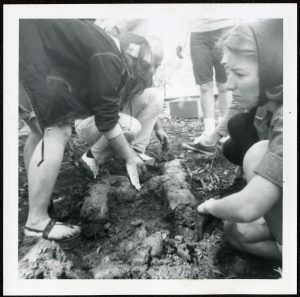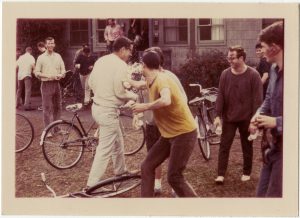In the collection of Alan Crew, who served in Nigeria from 1965-1966, is a copy of “The West African Gourmet” by Bill and Bee Welmers in which they advised, “As any shrink can tell you, the sine qua non of relating to a strange diet is flexibility, sensitivity, happy anticipation.” Peace Corps Volunteers had to adjust to various diets and delicacies during their time abroad. PCVs learned and adapted many local recipes and resources to fit their American taste-buds.
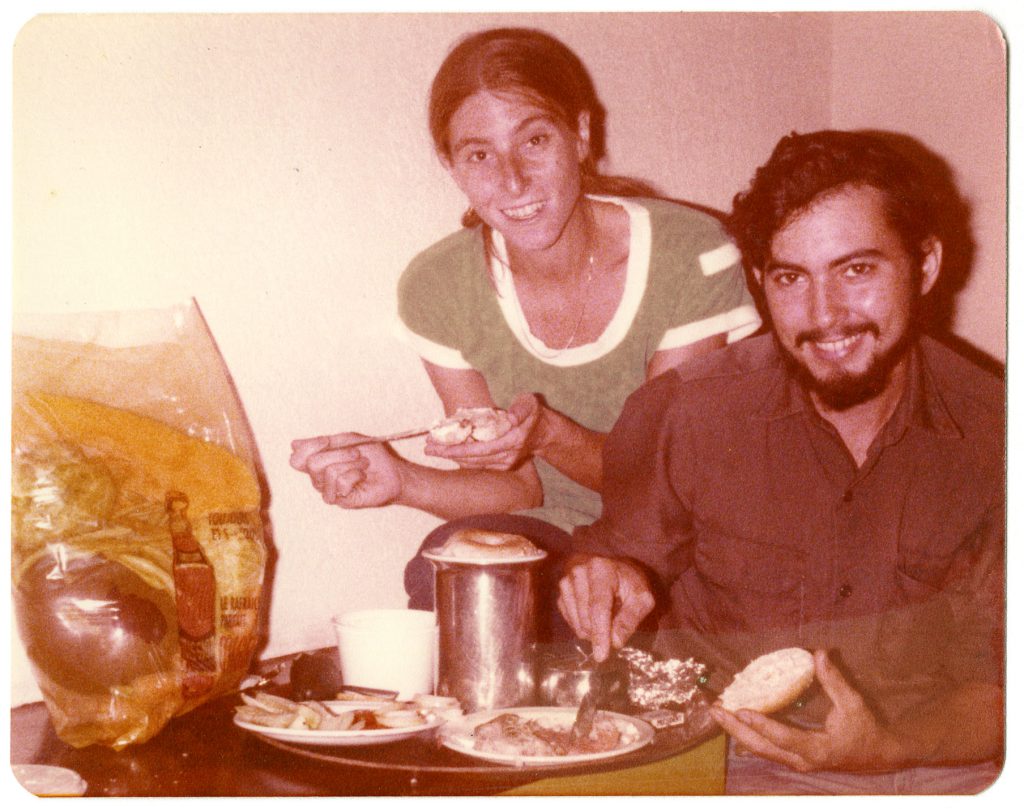
Holly Reed served in Senegal from 1979-1982. Like all PCVs, she could sometimes find familiar foods, but she also had to adjust to new ones.
The Welmers compiled a list of tips and tricks for anyone visiting or staying in Western Africa. Their humorous anecdotes shed light on the differences in food selection and preparation. From mangoes to mushrooms, the Welmers detail all types of food available for consumption. For example, there are three different types of Guavas, each tasting like strawberry, peach, or pear. They also offer tips and tricks to keeping and storing food. Upon finding ants in one’s food, the Welmers advise, “Putting the food, dish and all, on a warm stove will give the ants a hotfoot; but don’t overheat or you’ll have fried ants.”
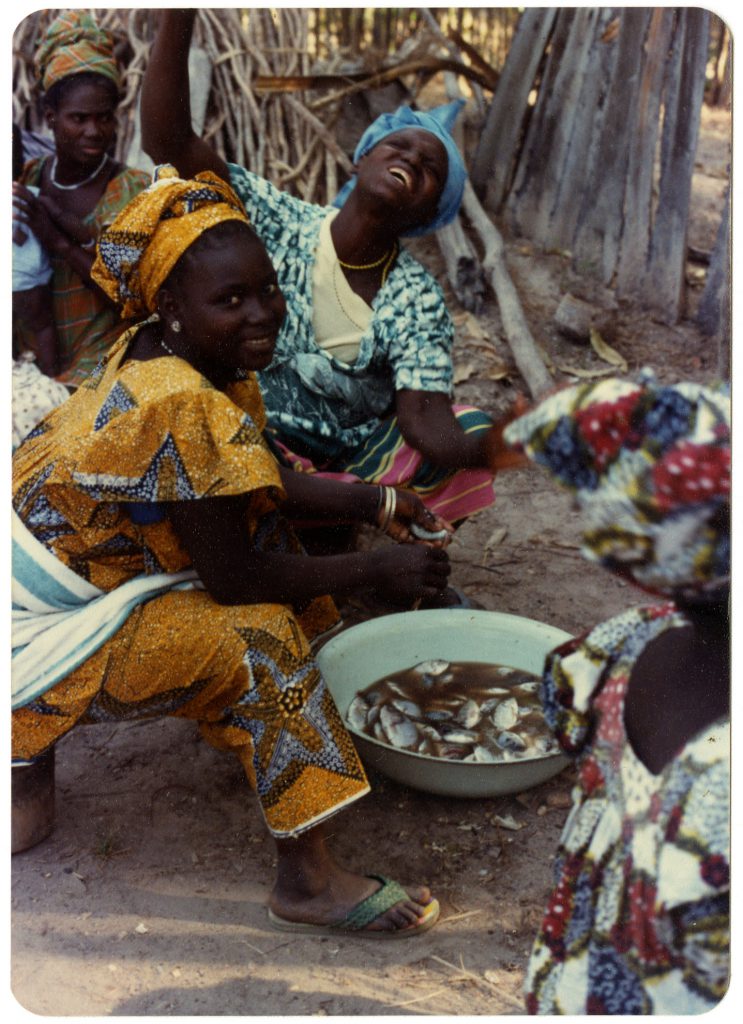
Many PCVs would taste authentic meals prepared by the locals they worked alongside. Picture by Holly Reed.
Peace Corps Volunteers newsletters could include native recipes for PCVs to try. Alanna Randall served in Belize from 2001-2003 and received the Toucan Times, the Peace Corps Belize newsletter, during her service. The Toucan Times contained everything from crosswords to articles. Jill Hepp, a fellow PCV, created four recipes to share in the Toucan Times‘ Winter 2001 edition. Hepp’s recipes range from “The-You-May-Nevah-Go-Back-To-Salsa-Casera-Salsa” to “Fresh Ginger Muffins.” All of her recipes feature local ingredients. The recipe for Polenta includes adjustments to turn it into a pizza.
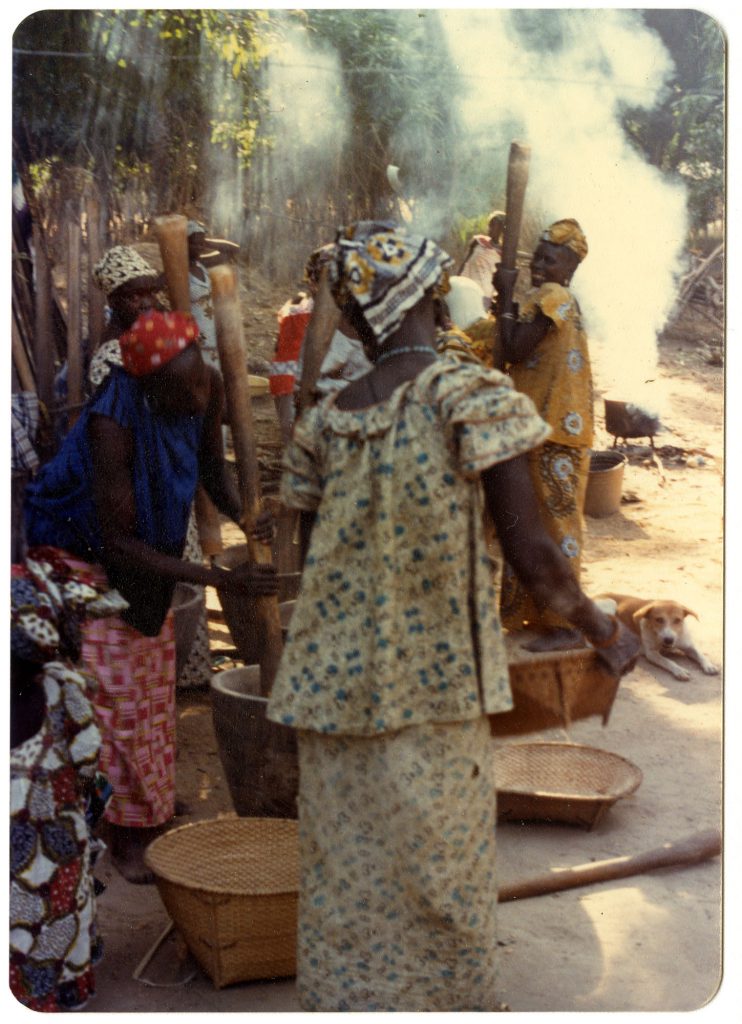
PCVs could also learn new ways to prep and serve food. Pictured here, local women use mortars and pestles to grind ingredients. Picture by Holly Reed.
Even after PCVs finish their service, the food they consumed leaves a lasting impression. BarbaraLee Toneatti Purcell served in Nigeria from 1962-1964 and included a recipe for Groundnut Stew in her memoir. She made adjustments to the list of ingredients to replicate the methods her local cook used. Both immediately after serving and many years later, PCVs can look back at the meals they ate and remember the different tastes of culture they experienced.
For more information, please visit the Peace Corps Community Archive website. To use the collections or make a donation, please contact the AU Archives at archives [at] american.edu.


